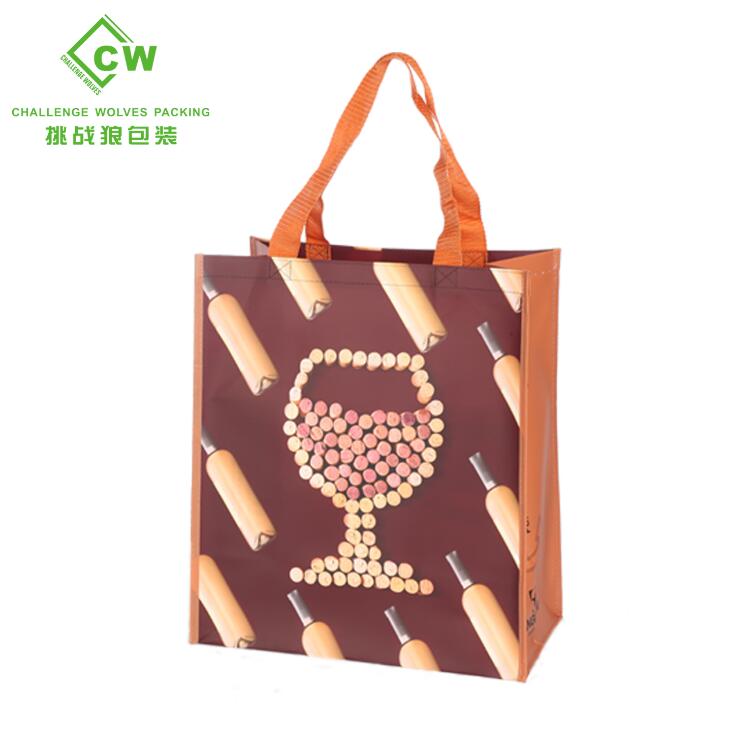Unveiling Non-Woven Bags: Understanding Their Material Composition
2024-03-04
Introduction:
Non-woven bags have gained popularity as eco-friendly alternatives to traditional plastic bags due to their durability, versatility, and sustainability. However, many people are unaware of the materials used to create these bags and their environmental impact. In this blog, we'll delve into the materials typically used to make non-woven bags, shedding light on their composition and the benefits they offer in terms of sustainability and usability.
1. Polypropylene (PP):
Polypropylene is one of the most common materials used to make non-woven bags. It is a thermoplastic polymer known for its strength, durability, and resistance to moisture, chemicals, and abrasion. Polypropylene fibers are bonded together using heat, pressure, or chemicals to create the non-woven fabric used in these bags. PP non-woven bags are lightweight, breathable, and recyclable, making them an environmentally friendly choice for reusable bags.
2. Polyester (PET):
Polyester is another material commonly used in the production of non-woven bags. It is a synthetic fiber derived from petroleum products and is known for its strength, elasticity, and resistance to wrinkles and shrinking. PET fibers are bonded together through heat or chemical processes to form the non-woven fabric used in these bags. Polyester non-woven bags are durable, water-resistant, and easy to clean, making them suitable for various applications.
3. Polyethylene (PE):
Polyethylene is a versatile thermoplastic polymer used in the production of non-woven bags. It is lightweight, flexible, and resistant to moisture, chemicals, and tearing. PE fibers are bonded together using heat or pressure to create the non-woven fabric used in these bags. PE non-woven bags are cost-effective, durable, and recyclable, making them a popular choice for grocery bags, tote bags, and promotional bags.
4. Biodegradable Materials:
In recent years, there has been a growing demand for non-woven bags made from biodegradable materials such as plant-based fibers, cornstarch, or recycled materials. These bags are designed to decompose naturally in the environment, reducing the impact of plastic pollution. Biodegradable non-woven bags offer similar durability and functionality to traditional non-woven bags while providing an environmentally friendly alternative for consumers.
5. Composite Materials:
Some non-woven bags are made from a combination of different materials, such as a blend of polypropylene and polyester fibers. These composite materials offer enhanced strength, durability, and water resistance compared to single-material bags. Composite non-woven bags are commonly used in heavy-duty applications such as shopping bags, carryout bags, and packaging materials.
Conclusion:
Non-woven bags are typically made from a variety of materials, including polypropylene, polyester, polyethylene, biodegradable materials, and composite materials. These materials are chosen for their durability, strength, and environmental sustainability, making non-woven bags a popular choice for reusable bags in various industries. By understanding the materials used to make non-woven bags, consumers can make informed choices that support sustainability and reduce plastic waste in the environment.



